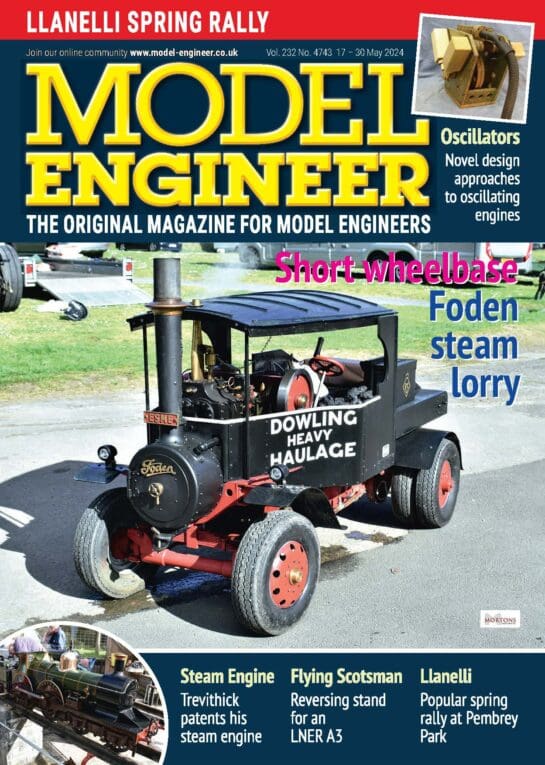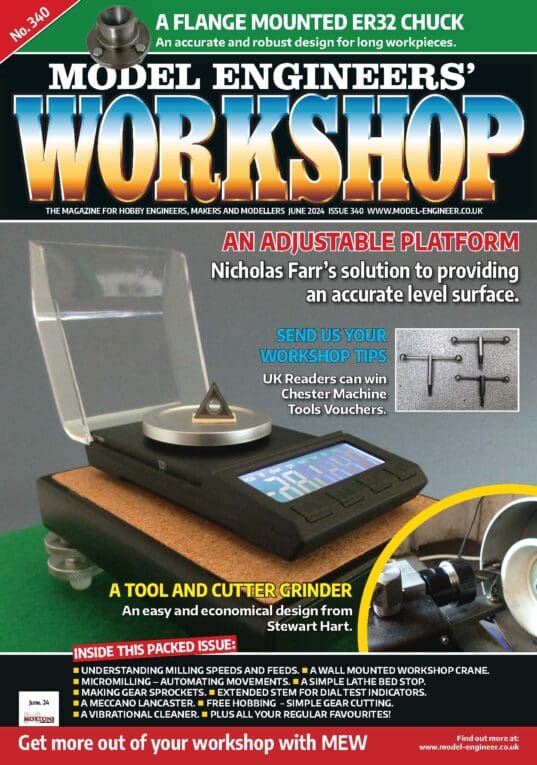Graphite Bushes
Graphite Bushes
- This topic has 14 replies, 10 voices, and was last updated 19 July 2010 at 06:42 by
Sam Stones.
Viewing 15 posts - 1 through 15 (of 15 total)
Viewing 15 posts - 1 through 15 (of 15 total)
- Please log in to reply to this topic. Registering is free and easy using the links on the menu at the top of this page.
Latest Replies
Viewing 25 topics - 1 through 25 (of 25 total)
-
- Topic
- Voices
- Last Post
Viewing 25 topics - 1 through 25 (of 25 total)
Latest Issues
Latest Replies
- Using Photographs In CAD?
- What did you do Today 2024
- Stuart Twin Victoria (Princess Royal) Mill Engine
- Endmills – metric Vs imperial
- DIY surface grinder
- Bed for 6040 CNC?
- Warco VHM Mill oilseal replacement, help please!
- PETERBOROUGH SOCIETY OF MODEL ENGINEERS
- Challenge: Create an Impossible to Make Object in CAD
- Broach classes






